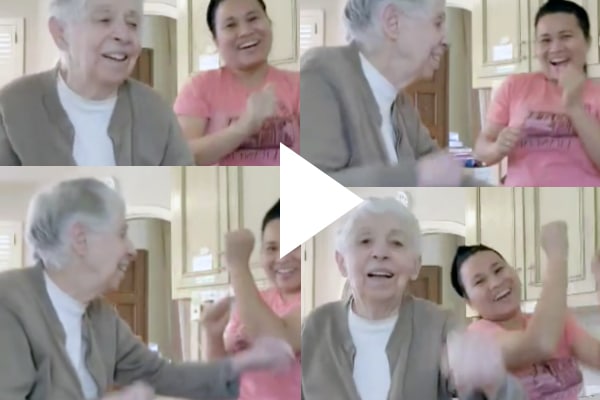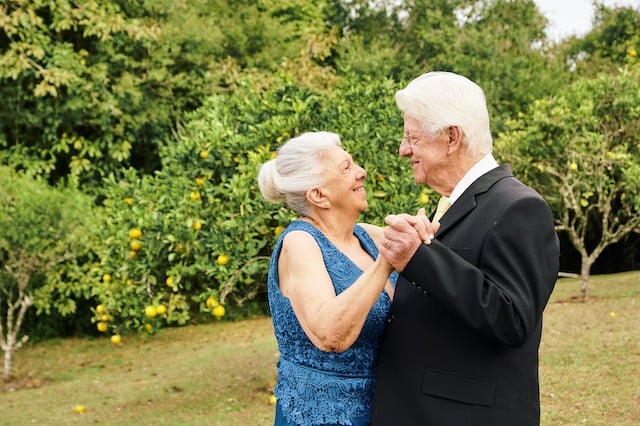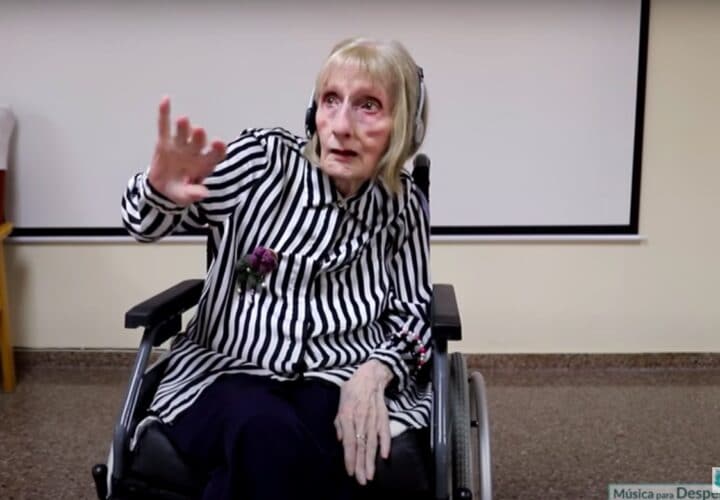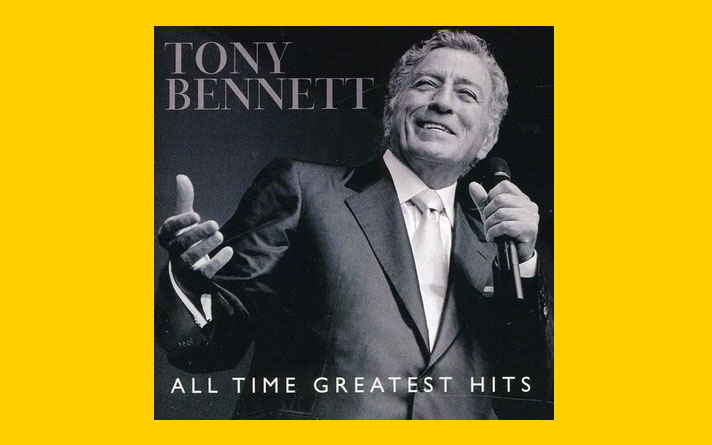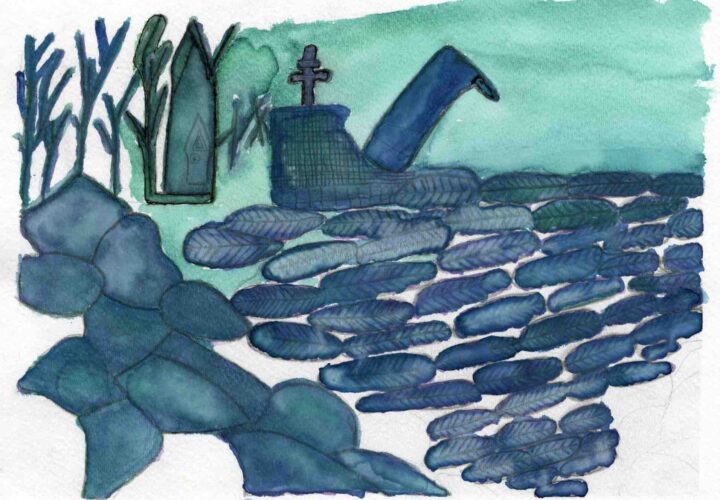My 94-year-old mom is living with later-stage Alzheimer's disease. Here's a video of her dancing to the music.
Here’s a video is what it looks like to truly live with dementia: My 94-year-old mom in a later stage of Alzheimer’s disease, rocking out with her dear caregiver, Anna. There’s something about a musical connection that even Alzheimer’s cannot destroy. (It’s no wonder music can play such a big role in dementia therapy.) Rhythm and moves now replace her words.
It also got me thinking a lot about aging. How is it that my mom moves like a 50-year-old, yet her brain hasn’t been able to keep up with her body? Is it her genetics? (Both her parents lived into their 90s.) Or is it the fact that she exercised regularly — which is so good for our brains, it can change their very structure?
This week, we published an article on rapid agers versus “super agers” — and it turns out aging is a very complex process. Biological aging, or how our genetics and environment influence the aging process, has more to do with outcome than the visible wrinkles or gray hair that appear as we get older. I encourage all of you to read it, because as you will learn, we have a lot of control over outcome.
Watching my 94-year-old mom dance has taught me to redefine what to be grateful for. Her physical “youth” is a reminder that this wonderful woman still has a lot of life left inside her.
After our Brain Talk last week with Dr. Julia Basso on how dance can change our brains for the better, I can’t wait for a chance to join in.
